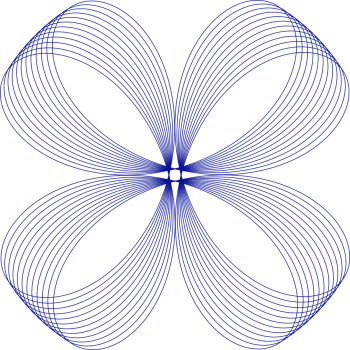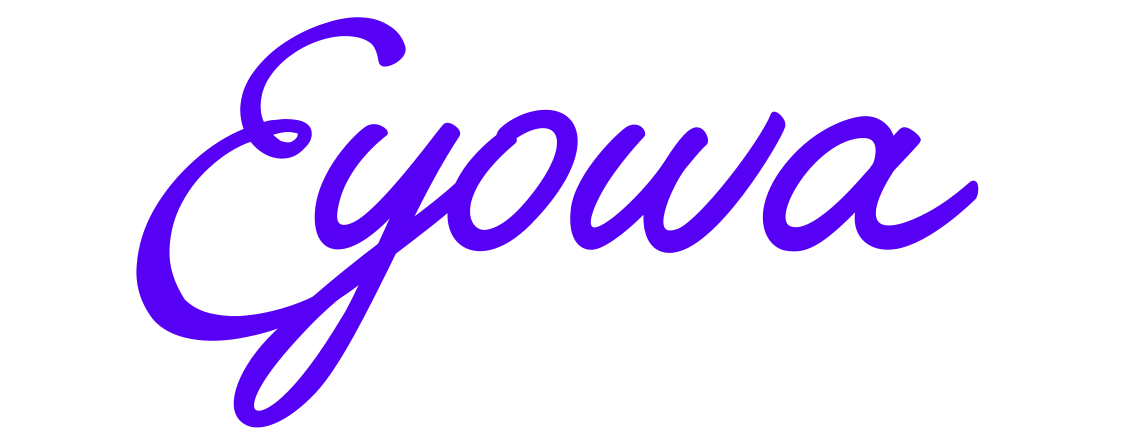
dance
Dancing can be an experience of self-expression, of release, or even of ecstasy. It can also be an experience of connection or of meditation. Many of us have lost our joy for dancing as we grew up. Perfectionism, comparison, and competition can take away the joy and surrender we experience while dancing. But when we reconnect to dancing from the inside out, when we move how we feel moved to, our body becomes a magical instrument. There are different styles of music, movement, and dancing, and most of us are drawn to at least one or more styles instinctively. When we can let go of insecurities, judgments, and impatience, there is an amazing opportunity to use dancing as a tool for liberation and personal transformation.
Some well-known dancing styles require some level of knowledge of the steps before they can be fully enjoyed. Latin dances like Salsa, Bachata, Tango, and Kizomba are partner dances that are relatively easy to learn. Many cities offer weekly gatherings or parties where the dances can be practiced and enjoyed. It takes some effort in the beginning, but after learning the basics, there is room for improvisation and the dancing can become more and more joyful. In partner dances, we get a chance to connect beyond the usual communication with words. We connect through our senses, and experience movement together, guided by the music.
Other styles of dancing are more expressive and tribal. They originate from generations before us that were still deeply connected to higher wisdom and the planet itself. There is a ceremonial aspect to these dances and there is a deeper meaning in the music and the movements. An example of this is the Haka from New Zealand. This dance used to be part of the preparation for battle, and it energizes and empowers the participants. African dances are another example, with their meditative drums and intense movements. Ancestors used the dances to reach a state of trance as part of ceremonies and healing. Many modern dances include elements of African music and dance, such as Reggaeton and Afro-beat. These tribal dances are often danced individually or in groups, and the expressiveness and joy in movements are usually more important than knowing the exact steps.
The styles of dancing that focus most on movement as a form of meditation and self-connection are ecstatic dance and contact improvisation. The only thing that matters in these dances is becoming more deeply connected to our authentic self, and move and express ourselves from that place. It challenges us to let go of all preconceptions we had about dancing, and it invites us to communicate our wishes and boundaries without words. The music that is played during these dances is intended to guide participants on a journey into themselves. When we have been feeling disconnected, this can be a challenging experience, where resistance will come to the surface and we can practice releasing and healing old beliefs and patterns. When we feel more deeply connected to our authentic selves, the experience can become playful, joyful, and ecstatic. There are dance sets available weekly or monthly in most areas. Another option is to participate in a dance festival. An overview of upcoming festivals can be found at Festivals & Retreats.
